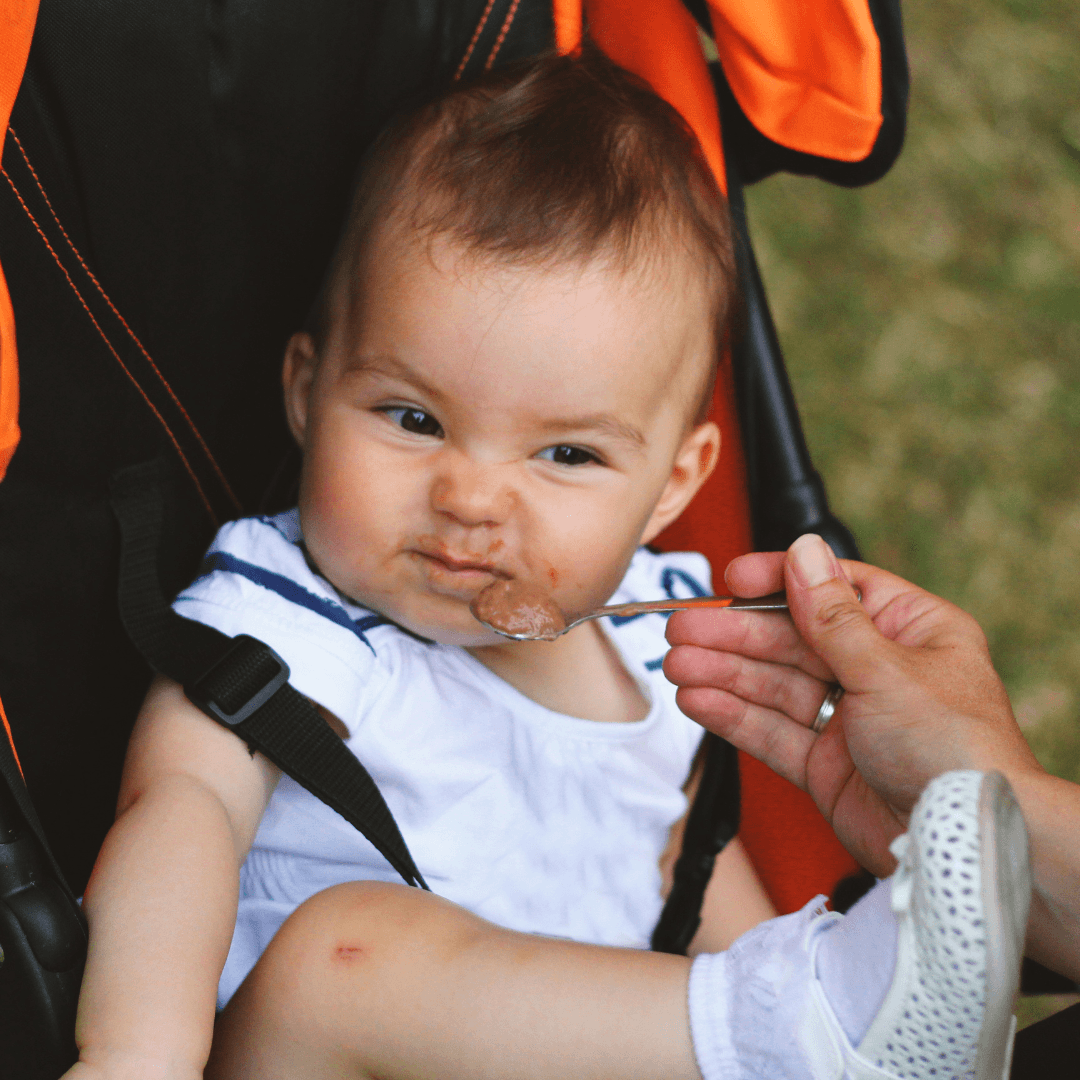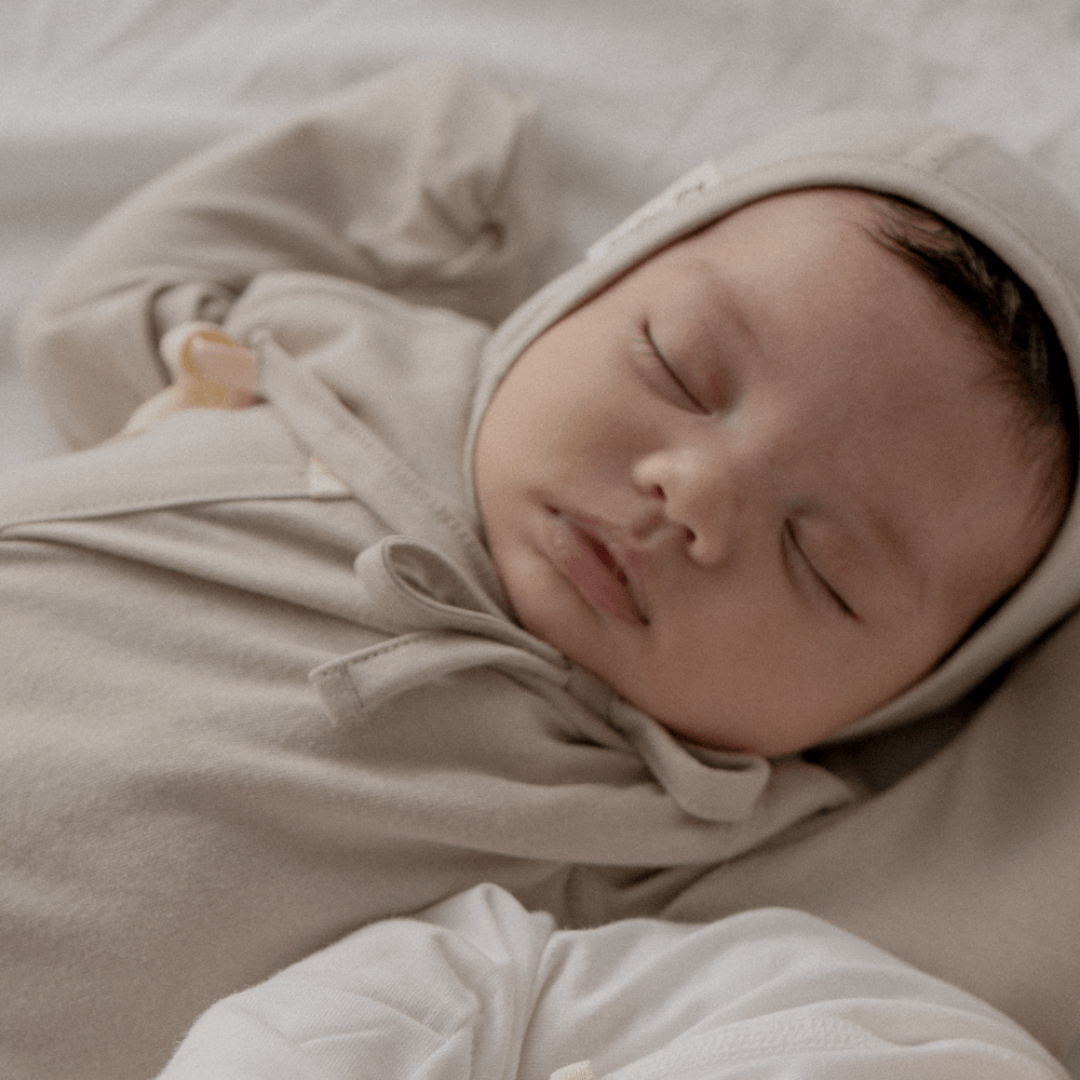
1. Create a regular daily routine.
If your baby goes to bed at 8 PM on one day, goes to sleep at 11 PM on another day, and sleeps at different times, it will be difficult for them to develop a sleeping pattern. To develop a routine, first you need to record and observe your baby’s schedule. Record their daily routines and details such as the time of waking up in the morning, the first feeding time, feeding duration, nap time, sleeping place, and their overall apparent physical condition. Observing your baby's daily routine for several days gives you an objective view of your baby's life, allowing you to effectively correct bad habits and do effective baby sleep training. Occasionally there will be exceptions, but you will be able to see a tendency for your child to fall asleep at roughly the same time and what makes them fall asleep.
2. Order your baby's eating, playing, and sleeping schedule.
The easiest habit for babies to adopt within the first 100 days after birth is the 'feeding and sleeping habit'. The average adult has a sleep cycle that repeats once every 90 minutes while sleeping. At the end of the sleep cycle, the person enters a state of vague awakening and sometimes wakes up slightly. Think of changing pillows or tossing and turning while sleeping. However, babies have shorter sleep cycles than adults (40-minute cycles), so they wake up much more often at night. Babies who wake up from a light sleep need 'sleep association' to fall back into a deep sleep. You have to repeat the exercise you did right before you go to sleep the first time. Therefore, children who have a habit of sleeping in their mother's arms must be hugged, and children who used to sleep with breastfeeding need to be breastfed before falling into a deep sleep again.
You may be able to survive the first few months physically, but if you wake up several times throughout the feeding period to breastfeed or hold your baby, the physical struggle will be difficult for you, and it is a challenge to deliver positive energy to the baby. If a child falls asleep on their own when they start falling asleep, they can fall asleep again by themselves even if they wake up in the middle of the night. It is for this reason that the order of eat/ play/ sleep is emphasized. If the baby's day progresses in the order of play/ eating/ sleep, naturally, there is no choice but to eat and fall asleep. Encourage your baby to breastfeed immediately after waking up. If you repeat this process from birth, your baby will naturally develop a pattern of sleeping well, waking up, eating well, and playing hard.
3. Create and repeat sleep rituals.
Once you have avoided bad sleep associations, now try to create good sleep associations for your child. A 'sleep consciousness' is the natural process of letting your baby know that it's time to sleep. If you practice repeated sleep rituals every day, your child will be able to yawn just after the first sleep ritual begins. When it comes to 'sleep time', you make your body react naturally. Sleep consciousness can be anything. In particular, try combining the same space/tool and the same static activity. It is a method of singing the same lullaby while always using the same crib mat. It is good to repeat the same activity (e.g., singing a song) in the same space (e.g., the same crib) when going out or traveling. Instead of arranging the atmosphere and turning off the lights just before going to bed, lower the light from 30 minutes to an hour before going to bed to create a quiet atmosphere.







